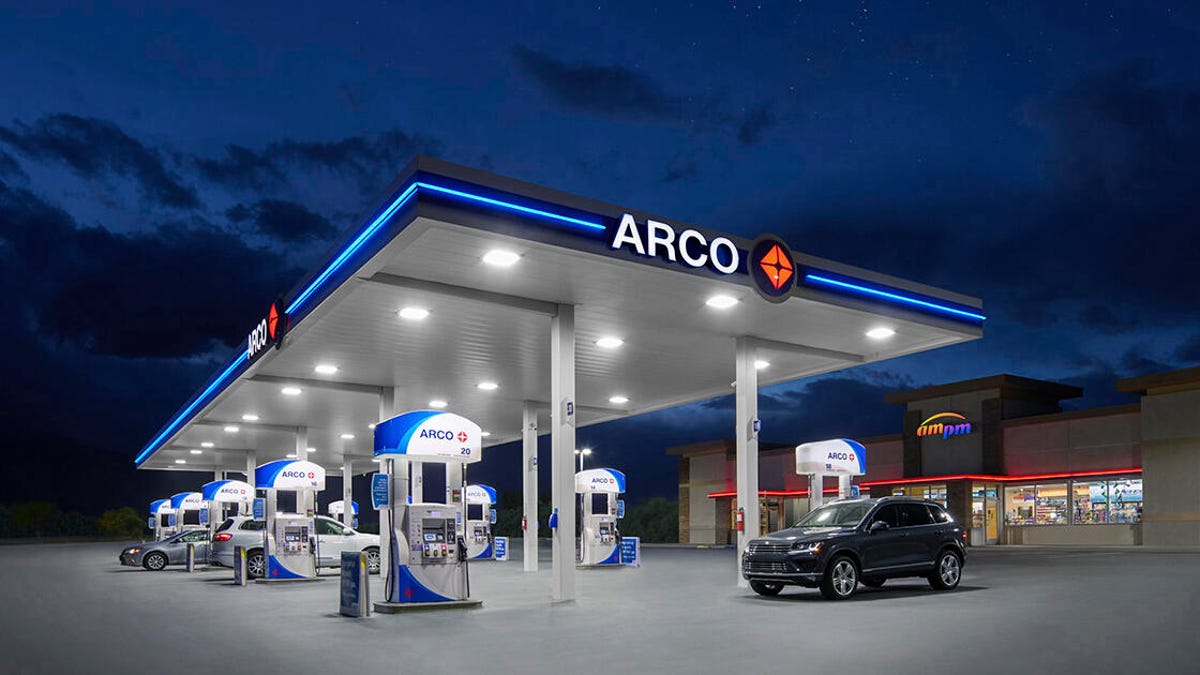Separation
As described earlier, the well-stream may consist of crude oil, gas,
condensates, water and various contaminants. The purpose of the
separators is to split the flow into desirable fractions.
4.2.1 Test separators and well test
Test separators are used to separate the well flow from one or more wells for
analysis and detailed flow measurement. In this way, the behavior of each
well under different pressure flow conditions can be defined. This normally
takes place when the well is taken into production and later at regular
intervals (typically 1-2 months), and will measure the total and component
flow rates under different production conditions. Undesirable consequences
such as slugging or sand can also be determined. The separated
components are analyzed in the laboratory to determine hydrocarbon
composition of the gas oil and condensate.
Test separators can also be used to produce fuel gas for power generation
when the main process is not running. Alternatively, a three phase flow
meter can be used to save weight.
4.2.2 Production
separators
The main separators shown
here are gravity types. On
the right, you see the main
components around the first
stage separator. As
mentioned before, the
production choke reduces
well pressure to the HP
manifold and first stage
separator to about 3-5 MPa
(30-50 times atmospheric
pressure). Inlet temperature
is often in the range of 100-
150 ºC. On the example
44
platform, the well stream is colder due to subsea wells and risers.
The pressure is often
reduced in several
stages. In this
instance, three stages
are used to allow the
controlled separation of
volatile components.
The idea is to achieve
maximum liquid
recovery and stabilized
oil and gas, and to
separate water. A large
pressure reduction in a single separator will cause flash vaporization, leading
to instability and safety hazards.
The retention period is typically 5 minutes, allowing gas to bubble out, water
to settle at the bottom and oil to be taken out in the middle. In this platform
the water cut (percentage water in the well flow) is almost 40%, which is
quite high. In the first stage separator, the water content is typically reduced
to less than 5%.
At the crude entrance, there is a baffle slug catcher that will reduce the
effect of slugs (large gas bubbles or liquid plugs). However, some turbulence
is desirable as this will release gas bubbles faster than a laminar flow.
At the end, there are barriers up to a certain level to keep back the
separated oil and water. The main control loops are the oil level control loop
(EV0101 20 above) controlling the oil flow out of the separator on the right,
and the gas pressure loop at the top (FV0105 20, above). The loops are
operated by the control system. Another important function is to prevent gas
blow-by, which happens when a low oil level causes gas to exit via the oil
output, causing high pressure downstream. There are generally many more
instruments and control devices mounted on the separator. These will be
discussed later.
The liquid outlets from the separator will be equipped with vortex breakers
to reduce disturbance on the liquid table inside. This is basically a flange trap
to break any vortex formation and ensure that only separated liquid is tapped
off and not mixed with oil or water drawn in through these vortices. Similarly,
the gas outlets are equipped with demisters, essential filters that remove
liquid droplets in the gas.
45
Emergency valves (EVs) are sectioning valves that separate the process
components and blow-down valves, allowing excess hydrocarbons to burn
off in the flare. These valves are operated if critical operating conditions are
detected or on manual command from a dedicated emergency shutdown
system. This may involve partial shutdown and shutdown sequences, since
the flare may not be able to handle a full blow-down of all process sections
simultaneously.
A 45,000 bpd design production with gas and 40% water cut will give about
10 cubic meters from the wellheads per minute. There also needs to be
enough capacity to handle normal slugging from wells and risers. This
means the separator has to be about 100 cubic meters, e.g., a cylinder 3m in
diameter and 14m in length at the rated operating pressure. This means a
very heavy piece of equipment, typically around 50 tons for this size, which
limits the practical number of stages. Other types of separators, such as
vertical separators or cyclones (centrifugal separation), can be used to save
weight, space or improve separation (to be discussed later).
There must also be a certain minimum pressure difference between each
stage to allow satisfactory performance in the pressure and level control
loops. Chemical additives will also be discussed later.


